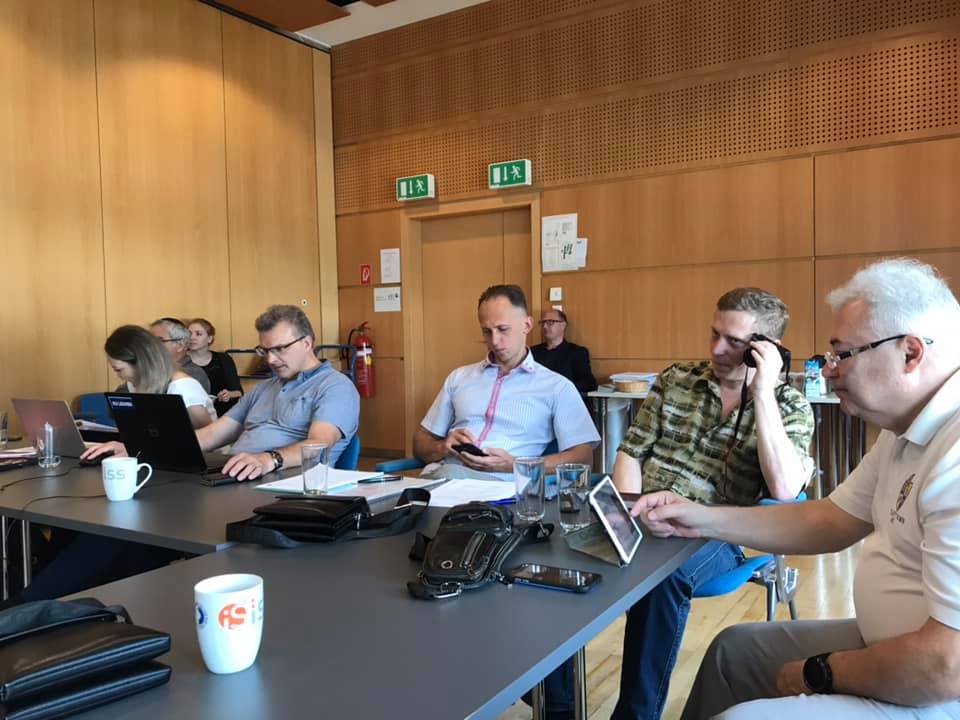[vc_row][vc_column][vc_column_text]
During the development of the courses, the members of the BIOART consortium had the opportunity to share their experience both as teachers and researchers in the field. Based on this experience, a book was edited, with the double objective to present biomedical engineering and artificial implants, and to share their knowledge and thoughts with faculty members about better development of courses related to these fields. This book is available both in electronic version and hardcover. We hope it book will be useful to people seeking information on BIOART activities, and more generally on education in these topics.
Download the BIOART project’s e-book
Table of contents
Introduction.
Quality Assurance in Multinational Curriculum Development: the role of the Bologna Process
Section 1: Educational approaches
Problem and Project-Based Learning in the fields of Health Informatics and Digital Health
Content and competency structure of IT specialties students in the field of bioengineering
Section 2: System design of artificial implants
Electrical Signals in Biosensors
Photoelectric measuring transducers in environmental and objects monitoring systems
Implantable biotechnical systems for orthopedics and dentistry
Architectural Characteristics of Biomedical Software Applications
The Data Dimensionality Reduction for Biomedical Applications
Digital signal processing of ECG and PCG signals
ECG-Based Biometric Recognition
Modern Technologies for Biomedical Systems Prototyping
System of three-dimensional human face images formation for plastic and reconstructive medicine
Multi-criteria decision-making system for design and implementation on the market rehabilitation toys
Section 3: Materials for bio-medical engineering applications
State-of-the-art and innovative approaches in biomaterials and surface treatments for artificial implants
New biodegradable magnesium based alloy for osteosynthesis
Modern trends in application of smart materials in biomedical engineering
Section 4: Applications and case studies
An Introduction to Tissue Engineering & Bio printing
Bio fabrication of Corneal Substitutes
Mechanical tests and properties of living tissues and biomaterials in a biomechanics course
Mechanical tests and computer models for the evaluation of soft tissue parameters used in implants design
The Use of Information Technology in the Designing and Manufacture of Implants
Modeling and simulation of prosthetic gait using a 3D model based on perturbation functions
[/vc_column_text][/vc_column][/vc_row]


